| अनुवाद |
Übersetzen sie |
Microsoft has terminated their free translation service.
This may help:
wikihow.com |
Traduisez |
ترجم |
| перевести |
Traduca |
Traduzca |
翻译 |
|
Telegraph stamps of the World
Click here for a site-map. |
Select currency. Default = GBP (1.0)
|
Distinguishing Stamp Printing Methods .
I have put this page together to try to help myself and others to distinguish between the different processes used.
In putting this together, I am making use of the following helpful sources:
Linns.com/insights
2-clicks-stamps.com
madehow.com
My reason for doing this is that I have no printing experience but am frequently having to identify which method was used.
To take a specific example, I was asked recently to place a value on a collection which included some Austrian State Telegraph stamps.
The early ones are described as being printed by 'Litho' (Lithography), though John Barefoot says they were actually printed by 'Typo' (Typography),
with general agreement that the later, and much cheaper ones were engraved.
The early ones had two styles of background to the values, whereas the later had only one. This made some of them easy to distinguish.
The others were not so easy having only less than perfect images to work with. Looking at some for sale on Delcampe soon made it clear
that some of them were mis-described, creating the potential for someone to pay up to 100 times what sometng was worth.
Trying to compare these three information sources shows quickly that there are gaps in each.
Linns.com says "There are four basic types of printing methods: intaglio, relief, planographic and embossing."
I will make a table from these.
intaglio (meaning carving)
Otherwise known as recess printing or gravure.
recesses to hold ink are created in a metal plate.
This creates ridges of ink that can be felt by touch.
These were originally used on a flat-bed press
but later were wrapped around cylinders
for use on a rotary press. |
|
relief
Otherwise known as letterpress,
typography or surface printing
Opposite of intaglio.
The raised parts transferring the ink.
This is the earliest form of printing,
think 'woodblock'. |
|
planographic
The surface is flat. Originally using
stones on the priciple that
oil and water don't mix.
|
|
embossing
The paper is pressed between
a recess and a relief die.
ink can also be used. |
 |
 |
Line-engraved
recesses made by carving a die which is then hardened and used to make multiple impressions on a printing plate. |
photogravure
recesses made by etching photo-chemically.
The image is in the form
of dots, either 'screened' having dots same size but varying depth,
or 'unscreened', both vary giving a grainy appearence.
_ |
|
|
 |
 |
can be made by carving.
|
can be made photo-chemically
in the form of halftone images.
|
|
|
 |
 |
 |
lithography
Printing directly to paper. |
offset
lithography
Printing to an intermediary, usually rubber, which is then
pressed against the paper.
This gives a more even impression.
_ |
photo-
lithography
Using light through a mask to affect a photo-resist
which is then etched.
|
|
|


|
1873 (July). Franz-Josef I. Typographed on white wove paper without watermark. Various perfs. as indicated.
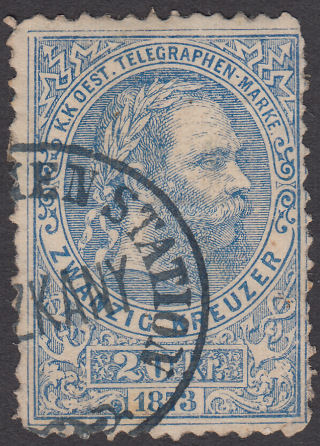
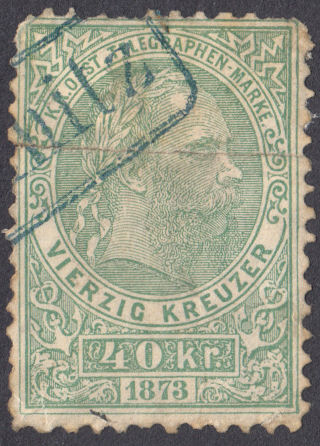
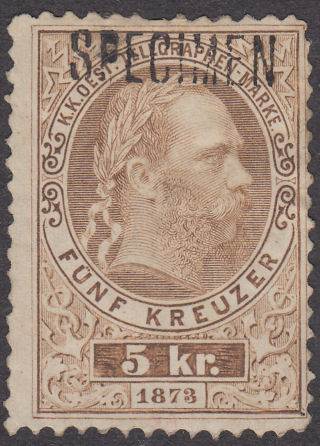
Typographed 20kr and 40kr together with later engraved 5kr specimen.
 |
 |
| Typographed Type 3 |
Typographed Type 2 |

 |
Line-engraved Type The method is good for fine lines, but doesn't cover large areas well without assistance. Interestingly there are differences between examples.
The cross-hatch pattern is indicative of the later, recess-printed series, but may not be apparent in more heavilly inked examples. |
1874-1876 As above (type 2 only) but engraved. Various perfs. as indicated.
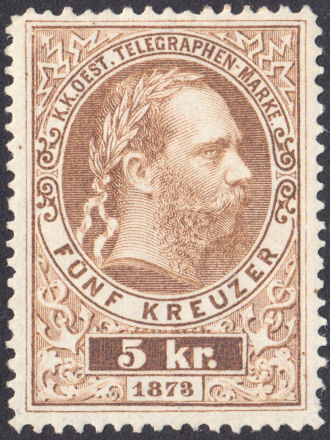
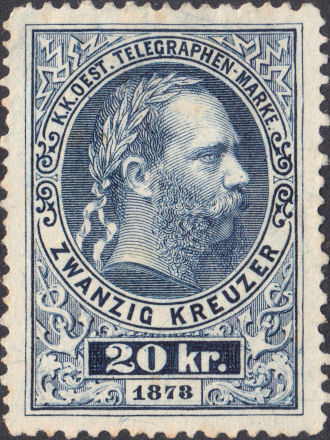
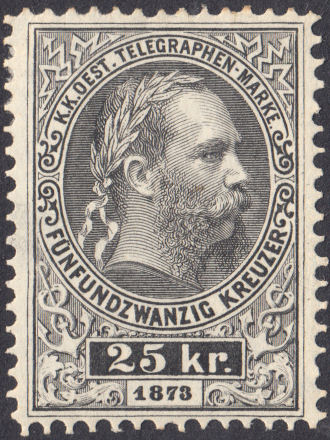
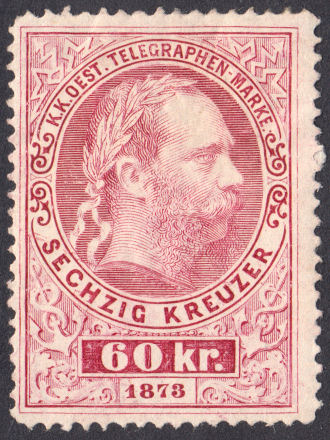
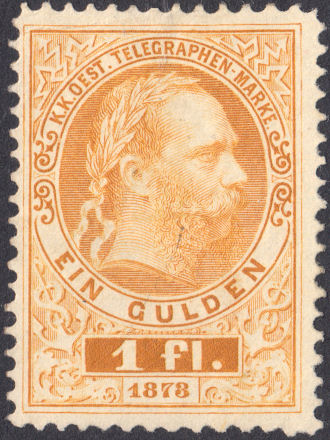
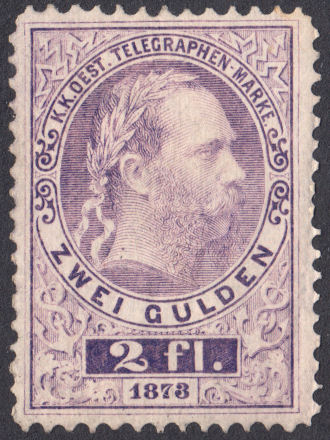
Engraved set showing a typical cancel on the 40k.
A comparison between Lithographed and fakes produced by photogravure.
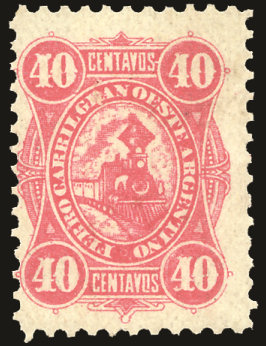
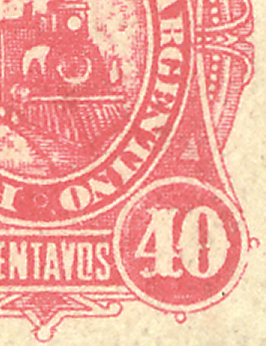
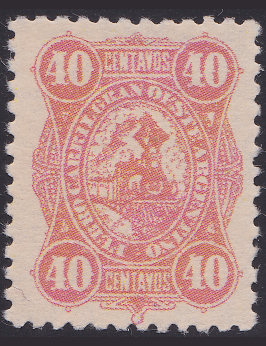
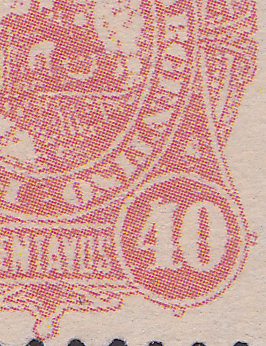
Genuine Lithographed Ferrocarril Gran Oeste (H64) on the left, compared to a fake produced by photogravure.
Comments, criticisms, information or suggestions are always welcome.
Contact: 
Please include the word 'Telegraphs' in the subject.
Last updated 15th. August 2021
©Copyright Steve Panting 2012/13/14/15/16/17/18/19/20/21 except where stated.
Permission is hereby granted to copy material for which the copyright is owned by myself, on condition that any data is not altered and this website is given credit.



















